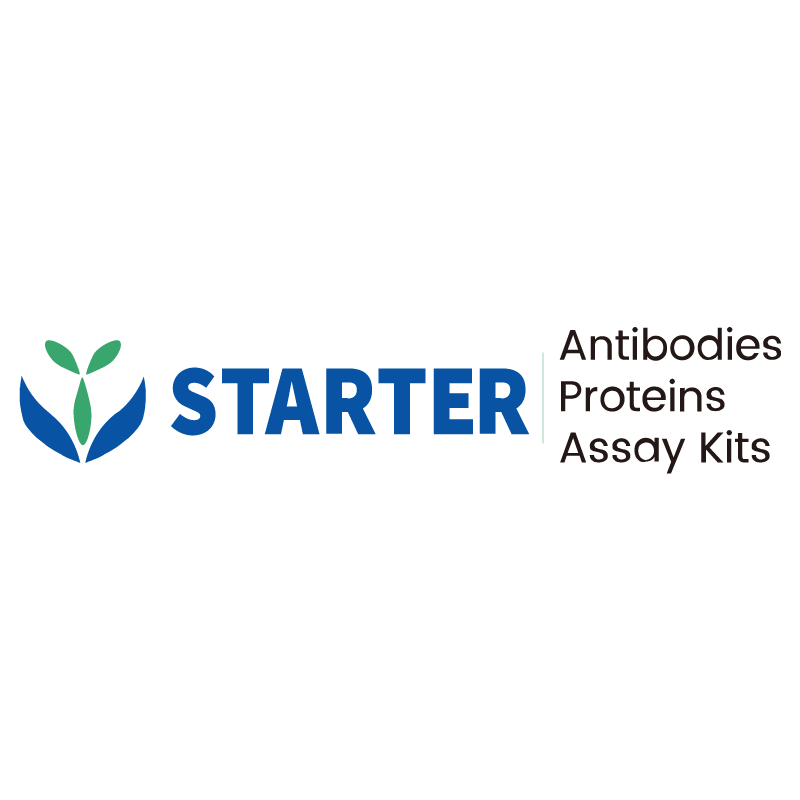2μg(R: reducing conditions)
Product Details
Product Details
Product Specification
| Species | Human |
| Synonyms | ATTR, Prealbumin, TBPA, TTR, PALB |
| Accession | P02766 |
| Amino Acid Sequence | Protein sequence (P02766, Gly21-Glu147, with C-His Tag) GPTGTGESKCPLMVKVLDAVRGSPAINVAVHVFRKAADDTWEPFASGKTSESGELHGLTTEEEFVEGIYKVEIDTKSYWKALGISPFHEHAEVVFTANDSGPRRYTIAALLSPYSYSTTAVVTNPKE |
| Expression System | HEK293 |
| Molecular Weight | Predicted MW: 15.4 kDa Observed MW: 17, 35 kDa |
| Purity | >95% by SDS-PAGE |
| Endotoxin | <1EU/μg |
| Conjugation | Unconjugated |
| Physical Appearance | Lyophilized powder |
| Storage Buffer | Lyophilized from a 0.2 μm filtered solution of 0.2M PBS, pH7.4 with 3% trehalose. |
| Reconstitution | Reconstitute no more than 1 mg/mL according to the size in deionized water after rapid centrifugation. |
| Stability & Storage | 12 months from date of receipt, -20 to -70 °C as supplied. |
Background
Transthyretin (TTR), also called prealbumin, is a 55-kDa tetrameric transport protein primarily synthesized in the liver and choroid plexus. It binds and transports thyroid hormones (T3/T4) and retinol (via retinol-binding protein) in blood and cerebrospinal fluid. TTR is implicated in amyloidosis, where misfolded monomers aggregate into insoluble fibrils, causing hereditary ATTR (hATTR) amyloidosis (due to mutations like V30M) or wild-type ATTR (ATTRwt) amyloidosis (age-related). These deposits lead to organ dysfunction, particularly in the heart (cardiomyopathy) and nerves (neuropathy).
Picture
Picture
SDS-PAGE


